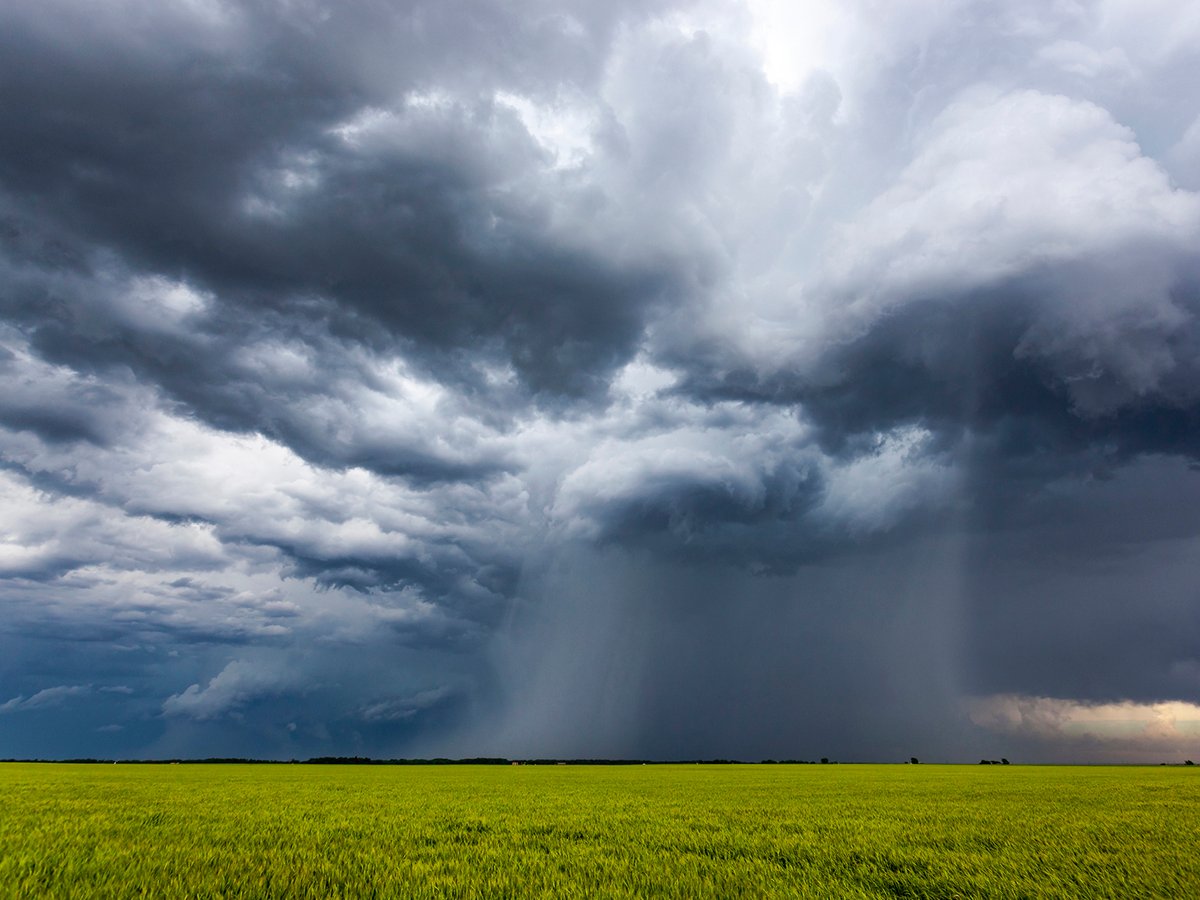If fababean prices continue to move above feed peas, market analyst Chuck Penner thinks that could be positive for the crop in the longer term.
Prices for the two crops often move in tandem, and Penner told the Saskatchewan Pulse Growers that has been true until recently.
“Just in the last few months fabas have actually continued to rise while feed peas have kind of gone sideways or even a little bit lower,” he said.
“I don’t know if this is a trend yet, but because fabas have higher protein, theoretically they should hold the spread over feed pea prices.”
Read Also

Extreme rain increases as planet warms
In this issue, we are going to wrap up our look at extreme rainfall by examining the different weather patterns that tend to be associated with these rainfall events.
He said processors and millers should be willing to pay a premium for that protein as they gain experience working with fabas. The protein market is running high, he added.
Faba prices are about $200 per tonne in Western Canada, helped by lower stocks in Australia, which typically is the largest exporter. Baltic countries such as Lithuania and Latvia are also getting into the game in a big way, he said.
Exports from Western Canada hit a monthly high in November of about 6,400 tonnes. Almost all of those went to Egypt, and that’s where a market anomaly has Penner puzzled.
Typically fababeans with low tannins are fed to livestock, while varieties with higher tannins are for human consumption.
But after a presentation at a recent meeting, Penner said a man approached him and said he had exported a zero tannin variety to Egypt.
“The conventional wisdom isn’t so conventional anymore in terms of the varieties and where they’re going,” he said.
“It’s worth being in close contact with the person you’re contracting with about where they’re expecting to go.”
Acreage has dropped off slightly from the high of 150,000 acres a couple of years ago, but most of that has been in Alberta.
“Saskatchewan fababean acres are roughly steady,” Penner said, and he expects production in 2018 to be a little higher as growers look for a pulse alternative.
“I think prices should remain fairly steady in the feed market and we should be able to continue to export more competitively into places like Egypt,” Penner said.
“Longer term we need more investment in processing, just like the other pulses. That will really get us to that stable market.”
Meanwhile, Penner also said record soybean production is needed every year to meet the world demand, which is increasing by 16 million tonnes annually.
Even large ending stocks won’t hurt prices much, he added, because demand is so strong.















